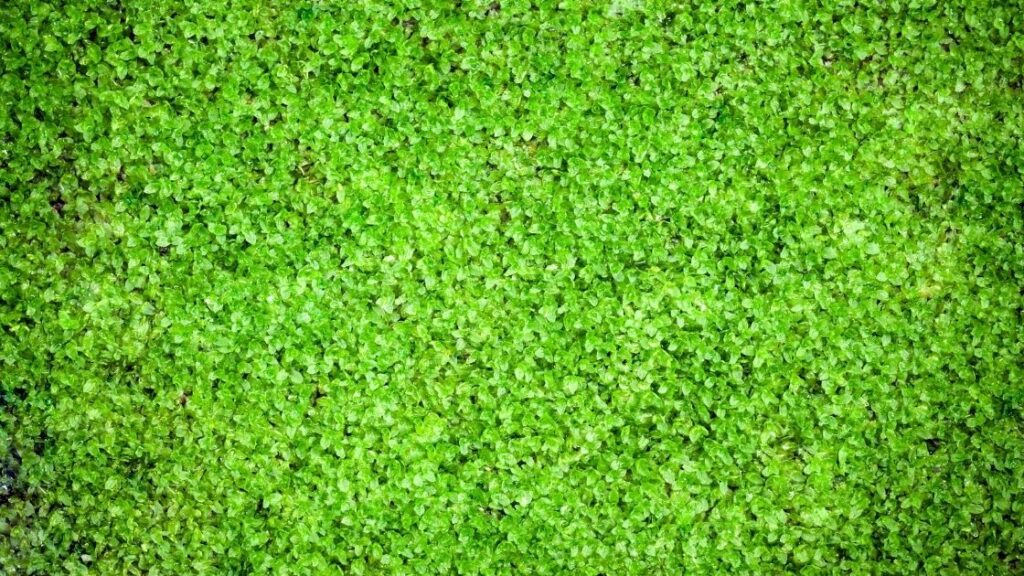Outdoor moss wall is a beautiful way of incorporating living plants into architectural designs. Many companies and homeowners use exterior moss walls to create a greener urban area. Here is all you need to be aware of before having your moss wall outdoor.
*This post contains compensated links. Find more info in my DISCLAIMER. As an Amazon Associate, I earn from qualifying purchases.
What Is An Outdoor Moss Wall
An outdoor moss wall is an exterior design placed against a wall and decorated with either living or preserved moss. Outdoor moss wall is an excellent way of adding nature to your outdoor space, particularly in ubarn environments.
Benefits Of An Outdoor Moss Wall

There are a lot of health and psychological benefits associated with having a living moss wall outdoors. Here are some of the benefits.
- Stunning Décor: Moss wall art will turn your dull outdoor walls into something spectacular. Outdoor moss walls combine technology and design with nature to give you a second-to-none visual.
- Better Air Quality: Moss is good at dealing with air pollution. Moss converts air pollutants into a plant’s biomass.
- Reduced Airborne Dust: Moss absorbs the inorganic components of airborne dust. Moss effectively eliminates contaminants such as chemical dust, smoke particles, and fumes that are harmful.
- Noise Reduction: Noise from traffic and streets is common in nearly all urban areas. Outdoor moss walls will absorb this noise creating a more peaceful environment.
- Stabilized Moisture Levels: You can stabilize moisture by installing a living moss wall outside. Moss will absorb moisture when humidity is high and release it when the levels go down.
- Reduced Carbon Dioxide Levels: Moss, like any other plant, will absorb the carbon dioxide that we breathe out. In return, it will release the oxygen that we breathe in.
- Improved Productivity: Many researchers have found out that moss has the benefit of reducing stress and increasing the focus of an individual. These, in return, increase the productivity of people.
Types Of Outdoor Moss Walls
There are many types of moss that you can use to make your moss wall. Some popular varieties that are good for outdoor moss walls include:
Prairie Sphagnum
Prairie sphagnum is a species of peat moss. Its color usually ranges from light brown to light green. Prairie Sphagnum grows in small patches.
This moss grows so close together, forming a cushiony bog mat that floats on water. The mat is strong and can support some weight. Its roots are also very shallow.
Broom Fork Moss
It is called broom moss because of its brush-like or broom-like tufts. It grows in large green patches and ranges from yellow to yellow-green.
Broom fork moss grows erect to a height of between 5 to 12 centimeters or 2 to 5 inches.
Leucobryum Moss

The color depends on the moisture content, ranging from bright to deep green. It is also known as pincushion moss. Pincushion moss has capsule bodies that are curved tapering at their basis.
Smooth Cap Moss
The smooth cap is an evergreen perennial plant that rarely grows beyond one and a half inches tall. The stems grow individually and erect. The color ranges from red, brown, yellowish-brown to light green.
Things To Consider Before Adding An Outdoor Moss Wall
There are several factors to keep in mind when adding an outdoor moss wall. The factors include:
Cost
Installing an outdoor moss wall is not cheap. However, the cost will depend on the type of moss used, the frames’ quality, and the number and size of the moss wall panels.
Frames are often made from metal or wood and then coated, painted, or stained. Strike a balance between the cost and maintenance.
Ideal Conditions
Just like any other plant, moss will require ideal conditions to thrive well. The type of soil, moisture level, and light are the key ingredients. Generally, moss prefers shade, moisture, and acidic soil.
Type Of Moss
It is essential to think of the type of outdoor moss wall you will use. You can either go for living moss, preserved moss, or artificial moss. Living moss is high on maintenance, requiring appropriate lighting, pruning, and watering. Some living moss wall panels come incorporated with an irrigation system.
Preserved wall moss is harvested moss that has been preserved uniquely with natural glycerin. Preserved moss will require little maintenance, maybe occasional dusting.
Artificial moss is like a plastic plant. You will lose all the benefits of natural moss.
Maintenance Needs
It is essential to determine the maintenance level of your outdoor moss wall. The maintenance needs will largely depend on the type of moss you opt for.
Having a living moss wall outdoor will have a lot of health benefits. But, it requires a high degree of maintenance. Preserved moss requires little maintenance, while artificial moss has zero maintenance needs.
How To Install An Outdoor Moss Wall
The following procedure will guide you on how to install an outdoor moss wall.
Step 1: Choose Your Type.
You can choose to install living moss, preserved moss, or a combination of the two. Living moss requires constant moisture, which can damage your wall. It is therefore recommended outside, especially when you are doing it yourself.
Preserved moss is the easiest to install. However, you can also decide to mix the two.
Step 2: Create A Frame
The type of moss you decide on will play an essential role in determining your moss’s right frame. If you want to grow a moss wall, it will be best to get a soil-less moss wall kit. If you decide to go with preserved moss, then you can attach plywood at the back of any frame.
Step 3: Choose Your Plants
Once your frame is ready, it’s time to choose your plant. The most common preserved moss are mood moss, sheet moss, and reindeer moss. If you prefer to have a living moss wall outdoors, you can choose from prairie sphagnum, smooth cap, broom fork, or Leucobryum moss.
Step 4: Assemble
This step is more straightforward when using preserved moss. Use wood glue or a staple gun to attach the plywood to the frame.
Then get creative and get your preserved moss arranged. Create your own piece of abstract moss art. You can combine different colors and textures.
Living moss is trickier to install. You will need to plant the moss in the medium or soil-less kit flat on the ground. Once the moss has been established, you can then hang the piece.
Step 5: Maintain
Preserved moss is easier to maintain. To keep the wall beautiful, add new pieces of moss when any of them fall off. For living moss, you will have to water them. Spray lightly or remove the live moss from the pockets, water, and place back.
Where To Buy An Outdoor Moss Wall
You can buy outdoor moss wall panels from online stores such as Amazon and install them. Moss wall panels will make your work easier and quicker than assembling your own panels.
Outdoor moss walls are a beautiful way of adding nature to your outdoor space. You can decide to create your own or purchase moss panels to install. You can also choose to install living or preserved moss walls and enjoy the benefits.
FAQs – Outdoor Moss Wall
Yes. Whether it’s a DIY moss wall project or a professional installation, outdoor moss walls are a great way to spruce up a bland, boring exterior wall. Just remember moss needs light, so choose your space carefully.
There are several options on how to make a moss wall outdoors. Each range in terms of cost and time to complete. Moss wall kits, DIY moss wall projects, and professional moss wall installation are the most common ways to build a moss wall.
It depends. A living moss wall will attract some bugs. They are living, breathing plants after all. Bugs and insects can be controlled by traditional methods such as sprays. Preserved walls are the best option if you are looking to avoid pests, as they are chemically treated and are less attractive to bugs.

Steve
Thursday 14th of April 2022
Would an outdoor moss wall be attractive to mice to make a home